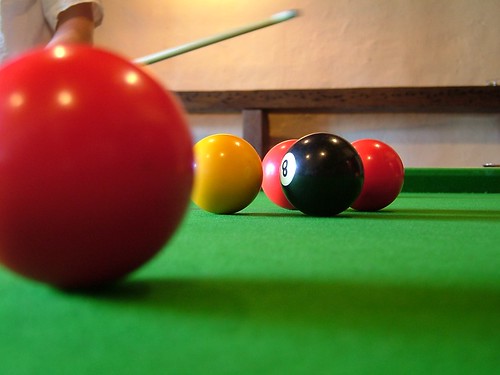Metaphors force a tension, and tension is necessary for arriving at our best understanding.
I was thinking about the power of metaphors lately (you can read my whole long-winded, rambling, and somewhat incoherent thoughts here, if you're so inclined). I realized that I use metaphors for writing a lot in the classroom. Multiple times in a single class, in fact.
It wasn't until reading Elbow that I realized how useful these metaphors can truly be to students, encouraging them to seek out the spaces of conflict in their understandings of writing and carrying them out to some sort of conclusion.
With that power in mind, I'm starting a series of short posts that collect some of the writing metaphors I use in my own class, have read elsewhere, or any that you'd like to submit for inclusion.
So, tell me, what is writing like?
Photo: Iain Cuthbertson


No comments:
Post a Comment